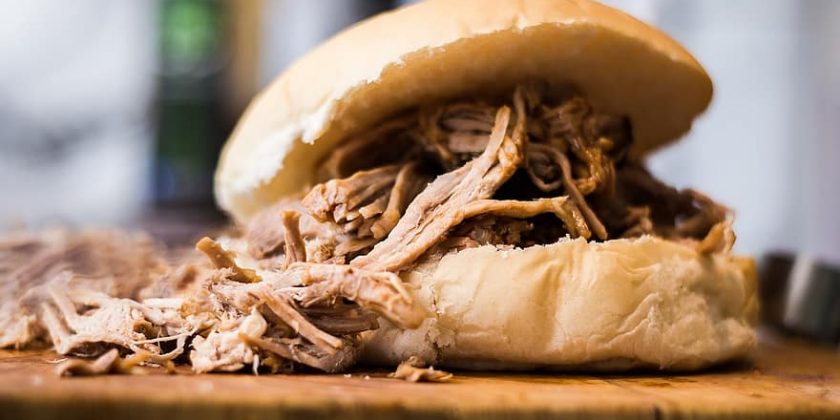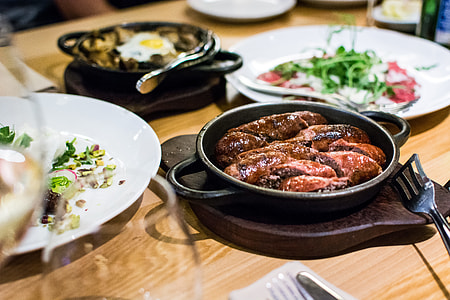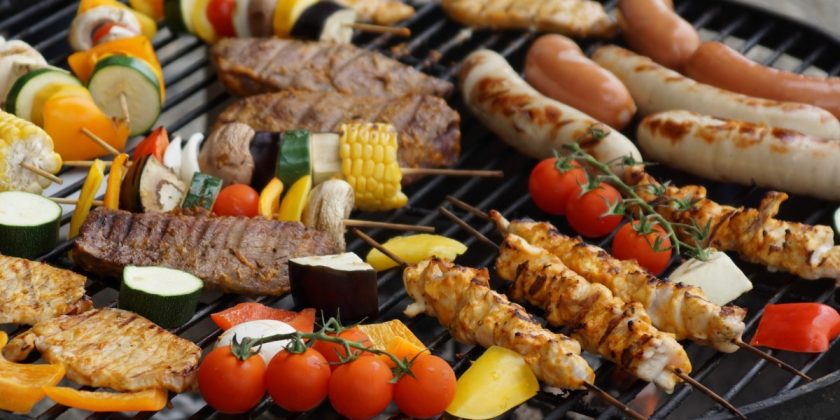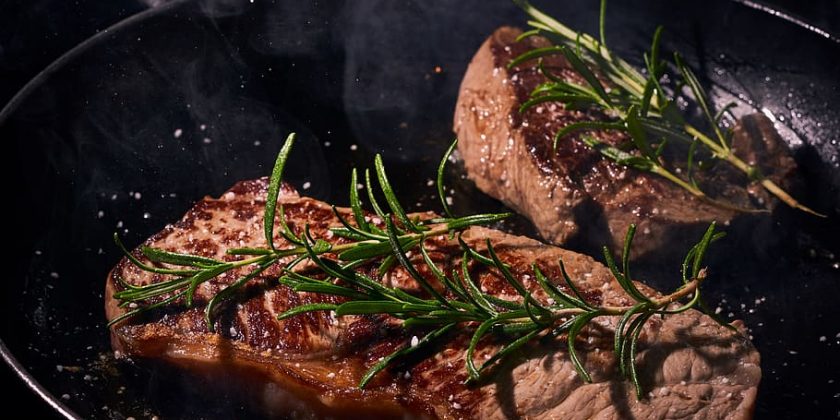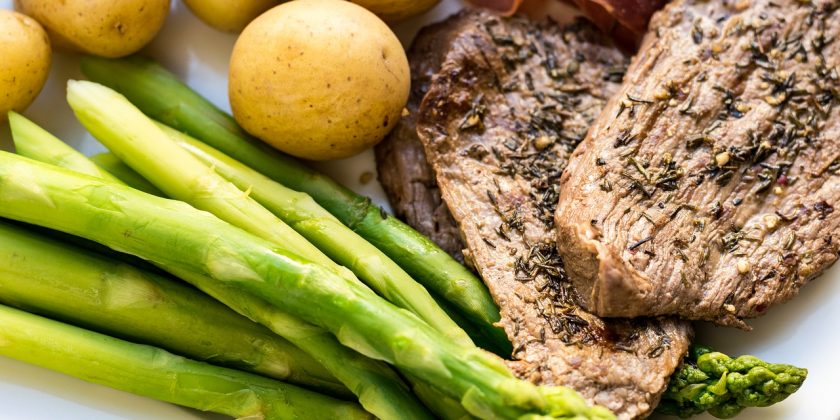
If you’re a beef lover, there’s a good chance that one of your good reasons for eating it is the taste. Whether you enjoy a succulent fillet steak, a joint of roasted topside, or even some great value steak mince, beef is versatile, and delicious enough to cook simply with minimal fuss.
But there’s more to beef than just a great tasting meal. Beef and other red meats such as lamb or pork have some important health benefits.
Protein builds muscle and helps the body repair itself
Your body uses amino acids to build muscle and repair tissue, and the protein in red meat is a good source of this. Protein is also important for the prevention of illness as it aids the production of a variety of hormones and enzymes.
So, whether you’re a body builder and actively seeking to build muscle, or even if you just want to ensure that you’re giving your body the tools it needs to repair itself, eating beef is a good way of getting that protein.
Iron promotes red blood cell production and boosts immunity
Ingesting iron regularly will keep your body producing red blood cells, and keep you healthy. Although iron is available from a variety of sources, the body absorbs it particularly well when it comes from meat.
Your red blood cells undertake the important function of carrying oxygen to all parts of your body. A lack of red blood cells, otherwise known as anaemia, leaves you susceptible to a wide range of illnesses.
Zinc is necessary for physical development and a healthy metabolism
Since our bodies don’t store zinc, we have to ensure that we get a regular dose of it through our diet, and beef is good for this.
While zinc is important for the body’s development from infancy into adulthood, it also supports the immune system and metabolism.
B vitamins keep your body working properly
B vitamins promote various functions of the body. B12 is great for the nervous system, while B6 promotes a healthy immune system. B3 (niacin) gives the digestive system a helping hand, and B2 (riboflavin) promote healthy skin, hair, and nails, and also helps prevent certain eye conditions.
Enjoy as part of a balanced diet
Whatever your good reasons for eating beef, a healthy, balanced diet means getting other essential nutrients from fruit and vegetables too. So, whether you’re roasting a joint, sizzling a steak, or cooking up a storm at the barbecue, get a decent portion of tasty fresh vegetables on your plate along with the meat.

